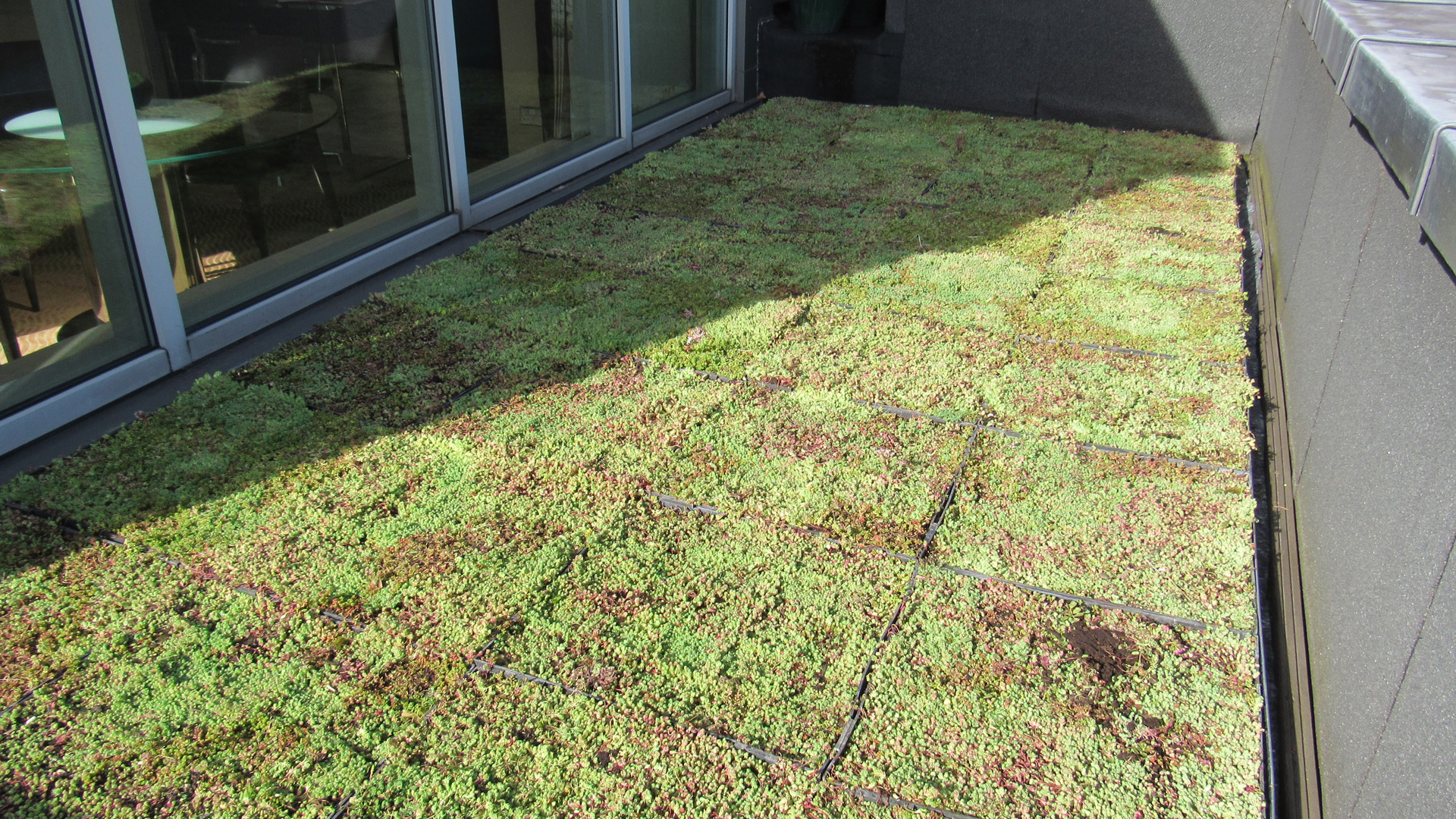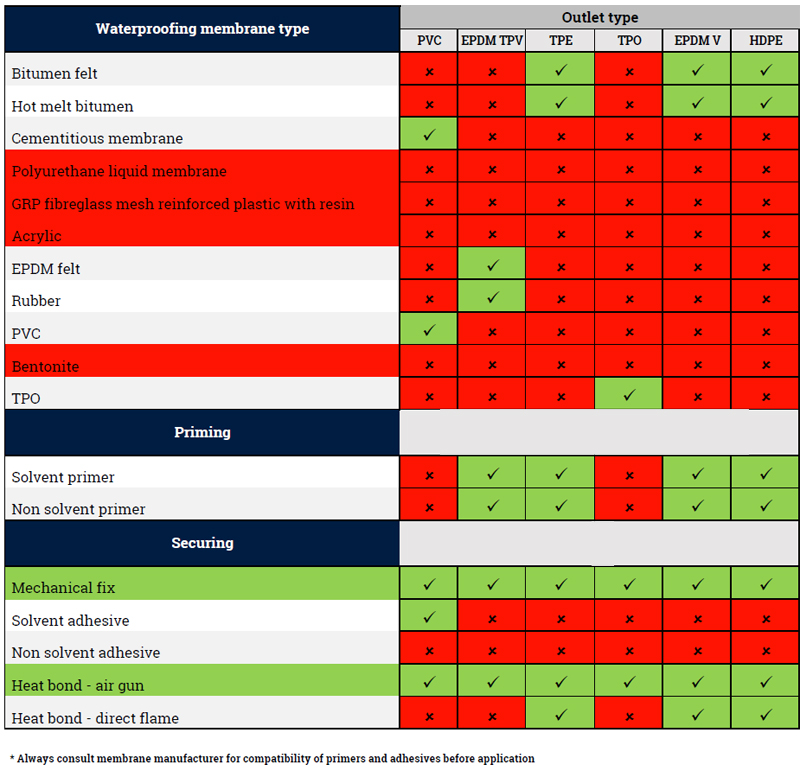You often can’t see them, smell them or even taste them, but each day they are building up slowly in your body and in our shared environment. Microplastics are incredibly small pieces of plastic, less than five mm in diameter, that are the result of plastic breaking down from erosion and heat. Microplastics, and even smaller nano plastics, a subset of microplastics (<one μm in length) can now be found in every corner of the earth, as well as in your fatty tissues and even in your brain. Early research has found that the presence of microplastics has been linked to respiratory complications, endocrine disruption, inflammatory bowel disease symptom severity, narrowing of fetal capillaries, and stomach and esophageal cancers. Endocrine disruption is the most well studied of these risks, due to the endocrine-disrupting chemicals typically found within plastics (e.g., phthalates, perfluoroalkyl substances, bisphenol A, and flame retardants). Endocrine disruption is being linked to a myriad of health effects from endometriosis and breast cancer to heart disease and obesity. (1)
This information should not surprising, given that plastic production has sky rocketed in the last seven decades. In 1950, the worldwide production of polymer resin, the raw material used to make most plastic products and fibers was two million tonnes worldwide. By 2019 polymer resin production was estimated at nearly 460 million tonnes. (2) This amounts to more than 6.9 billion tonnes of plastic waste, three quarters of which ends up in landfills, the oceans, and uncontrolled waste management streams.
Plastics, while posing dangers to our environment and health, have also become a very important component of the global economy. Just walk into any drug store, grocery store or department store and you won’t find craft paper, wax paper or glass jars because the shelves are overflowing with plastic packaging and plastic products. Covid seems to have accelerated the use of plastic packaging of food. Plastics are used in everything from car parts and children’s toys to textiles and small medical devices that save lives. Plastics are also used in the green roof and green wall industry, particularly modular systems but also in most drainage layers, edging, packaging for plants and more. Many of these products use recycled plastic, but more can and should be done to reduce plastic use as the industry grows around the world.
To read the full article, please click here.













